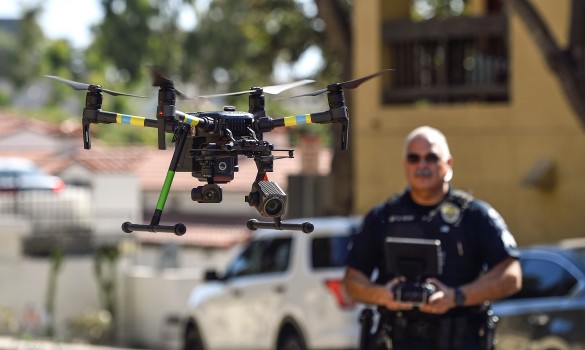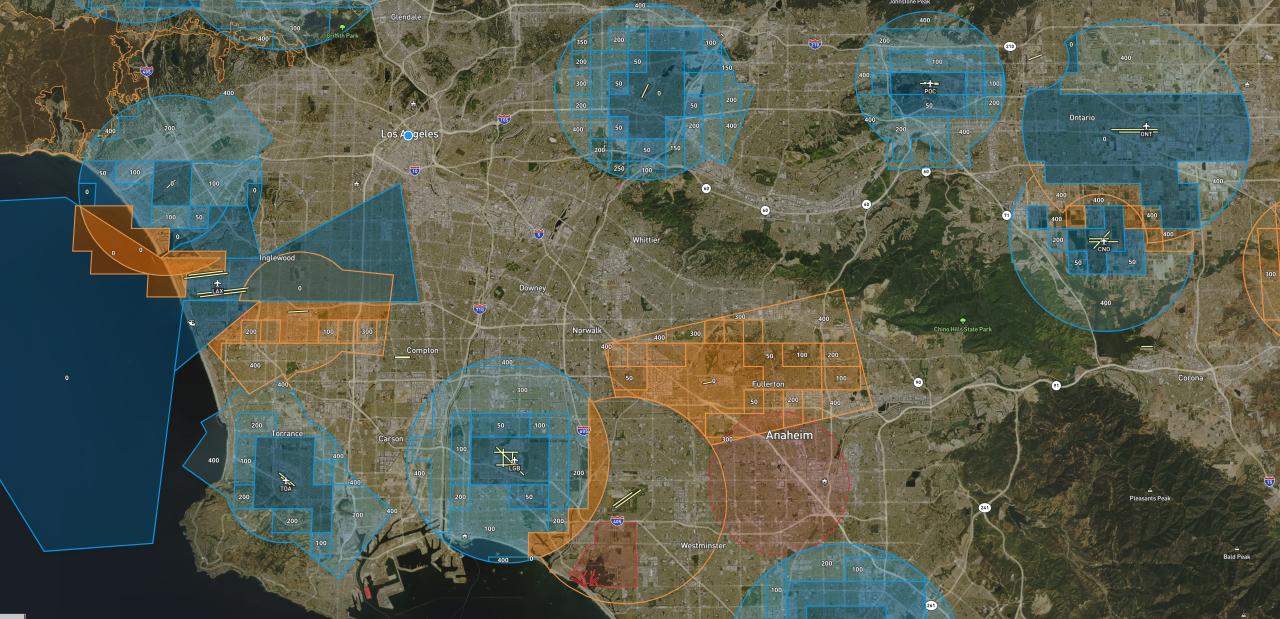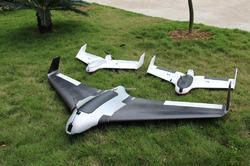
Level 1 autonomy flight capabilities in drone autonomy are already being used. These systems do not require human intervention and can complete tasks without human supervision. Exyn and other companies have been creating autonomous drones. Exyn's drones have lidar sensors that allow them to navigate through the environment with no human intervention. Here are some of the advantages of Level 1 autonomy for your drone. Let's get to know more.
Level 1 autonomy
The autonomy of a drone is the first step to autonomous drones. This level allows a drone to operate autonomously and can take control of one vital function for a brief time. It never controls both its speed and direction of flight at the same time, but it can provide assistance for navigation, altitude, and position. This stage is where most drone manufacturers start to build autonomous drones. However, even at this stage, the pilot is still responsible for safety and monitoring airspace to avoid any unforeseeable situations.
This level is not yet commercially possible and remains a long way off. The first level of autonomy is just flying around, and this means that the human pilot needs to remain alert and ready to take over in an emergency. The drone will become more autonomous and no longer need a human pilot. The drone will actually send alerts to human pilots when it requires assistance. Level 4 drones will have the ability to navigate in smoky areas, locate people in need of help, and perform routine inspections.

Drones at this stage of autonomy must be alert for predatory birds and people on the ground. Drones can track and fly around objects, but they do not have the ability to understand the environment and make their own decisions. Pilots, for example, must manually scan the skies for other manned aircraft in order to yield to them when required. And they must also be aware of other manned aircraft, especially aircraft that may be attempting to swoop down and land.
The Exyn autonomous drones have reached Level 4 autonomy in human-free environments. They cannot fly above roads and people. Eventually, they will need to go through the FAA's Part 135 certification process. However, AI and computer vision will address these safety concerns. They will make our lives much easier in the interim. But we cannot afford to be caught up in it all. We won't know until they are.
Level 4 autonomy in commercial drones is still not available, but it is there. This level of autonomy has been achieved by some of the best drone manufacturers. Exyn's drone, for instance, is classified as autonomy level 4A. It can perform complex tasks, such as security and inspections. It can also operate in collaboration with other drones. This means that it is already the most advanced.

FAQ
Do I need any special training to fly drones?
No, you don’t need any special training in order to fly your drone. You will only need a remote control unit, and some knowledge about flight mechanics.
Do drones fall under the control of the FAA?
The FAA is responsible for all aspects of drone operation, including certification requirements, safety standards, and licensing procedures.
Are drones permitted at public events?
As long as you comply with the rules, drones can be flown anywhere. You will need to get approval from event organizers if your drone is going to be flying during public events such as a parade, festival or concert.
Is it safe for a driver to fly a drone?
Driving a drone is dangerous, as it could cause an accident or crash into another vehicle. You could also hit pedestrians and animals. You could also damage your car if you hit power lines, trees, or other buildings.
Is it legal to fly a drone in the United States?
Flying drones is an offense in certain countries, including Australia, Canada, Germany and Japan. It is legal in countries such as France, Italy Netherlands, Poland and Russia.
What is the law on drones flying over private property?
Recently, the FAA released new rules for commercial drone operations. These rules apply to UAVs with a weight less than 55lbs and that fly at a height of below 400 feet from the ground. Commercial operators will need to register with FAA and get a license from agency. They will also require permission from local authorities to operate near airports and other restricted areas.
Statistics
- According to the multiple listing service (MLS), houses and apartments with drone photographs are up to 68 percent more likely to sell than those without pictures. (thedroneu.com)
- According to industry research from ZipRecruiter , there are 10 cities where the typical salary for a Drone Pilot job is above the national average. (dronesgator.com)
- With the top 10% making over $100/h and the bottom 10% making as low as $10/h. (dronesgator.com)
External Links
How To
What is a "Battery Pack" and how can it be replaced?
A battery pack is what powers the motors of your drone. They provide enough power that your quadcopter can fly safely and smoothly.
The difference in the battery pack between a drone you already own and a new one that you purchase will not be noticeable. Over time, however, your battery pack may start to wear down. The battery pack may eventually stop working. You'll need to replace your battery pack to ensure that your drone continues to work properly.
When replacing a battery pack, it's best to use an original replacement part. If you install a faulty pack, your drone could be damaged.
These are the steps to replace a cell phone battery pack.
-
Disconnect the battery connector cable. This will ensure that your drone does not receive any current. You can simply remove the battery connector cable from your drone to disconnect it.
-
Unscrew and remove the battery pack. Remove the battery pack from your quadcopter's bottom. The battery pack often splits into two pieces.
-
Locate the contacts of your battery. After you've taken out the battery pack, search for the battery contacts. These tiny metal pins are what connect the battery to other components within the drone.
-
Next, attach the new battery. Next, insert the new battery into your drone. Then align the battery connectors on the battery pack's two sides. Push the battery pack onto your drone. After that, secure the bolts that hold the battery pack in place.
-
Connect the battery connector cable again. Reconnect the battery connector cable after you have installed the new battery pack.
-
Test the drone. Before flying your drone again, check whether it still operates correctly. Congratulations if it works!